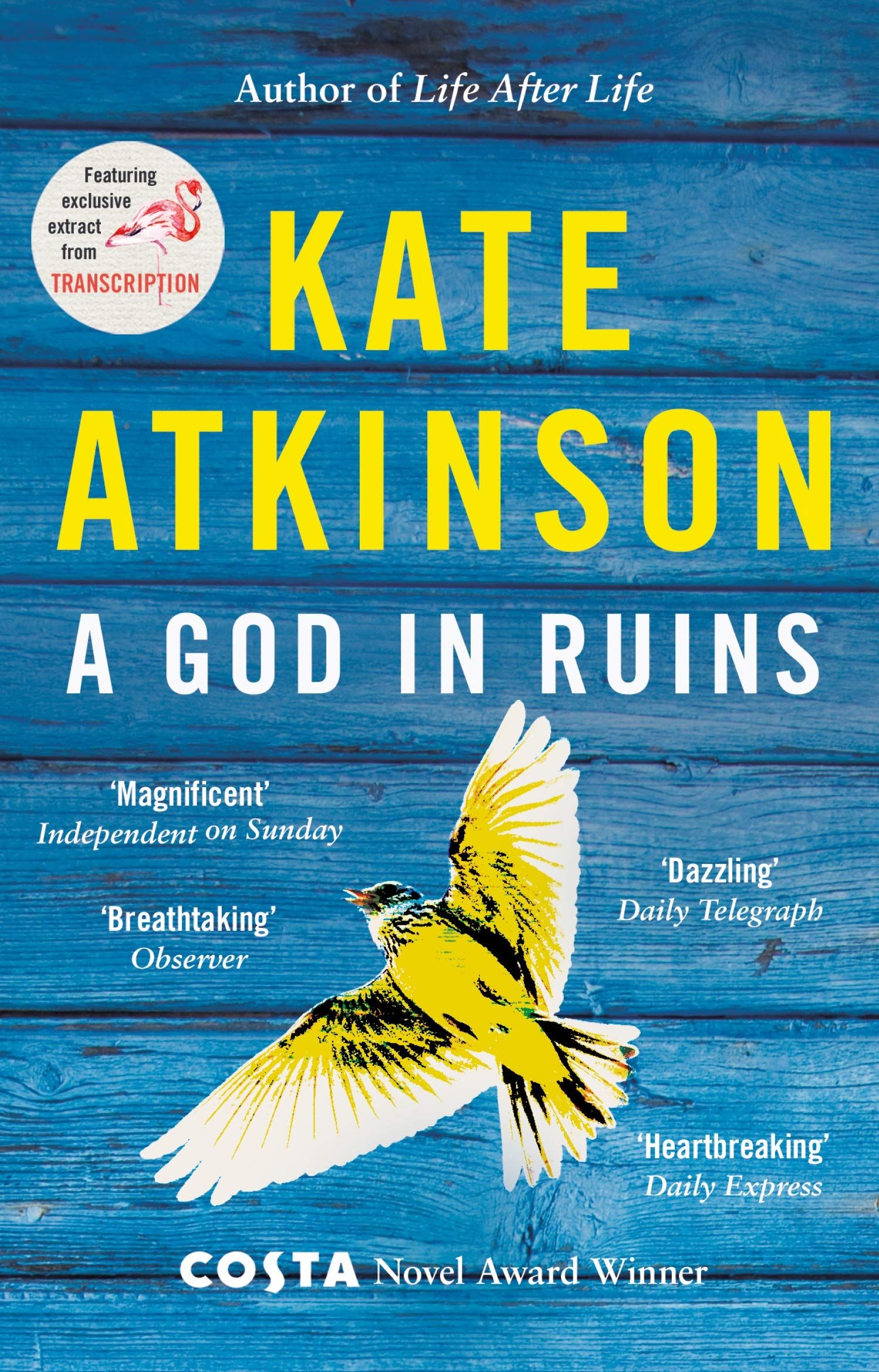


In addition to the jumpy chronology (we move from 1925 to 1980 in the space of a page), Atkinson will present the same scene from multiple perspectives (never so painfully as when the intricate piano music Teddy’s wife, Nancy, believes herself to be playing turns out, in the next chapter, to be senseless banging, because she is dying from a brain tumor). (Teddy himself, notably, is the inspiration for the main character in the popular children’s books his Aunt Izzie writes.) The world conjured by Atkinson’s god in ruins- a man, in other words, according to the epigraph, or perhaps a woman-is one suffused with fictionality, one in which small flickers and giveaways abound. There’s another reason the book’s aura of runaway significance-secret destinies and so on-didn’t bother me: For a book as meta as this one, the sense of an intentional universe-an authored universe-is hugely important.


 0 kommentar(er)
0 kommentar(er)
